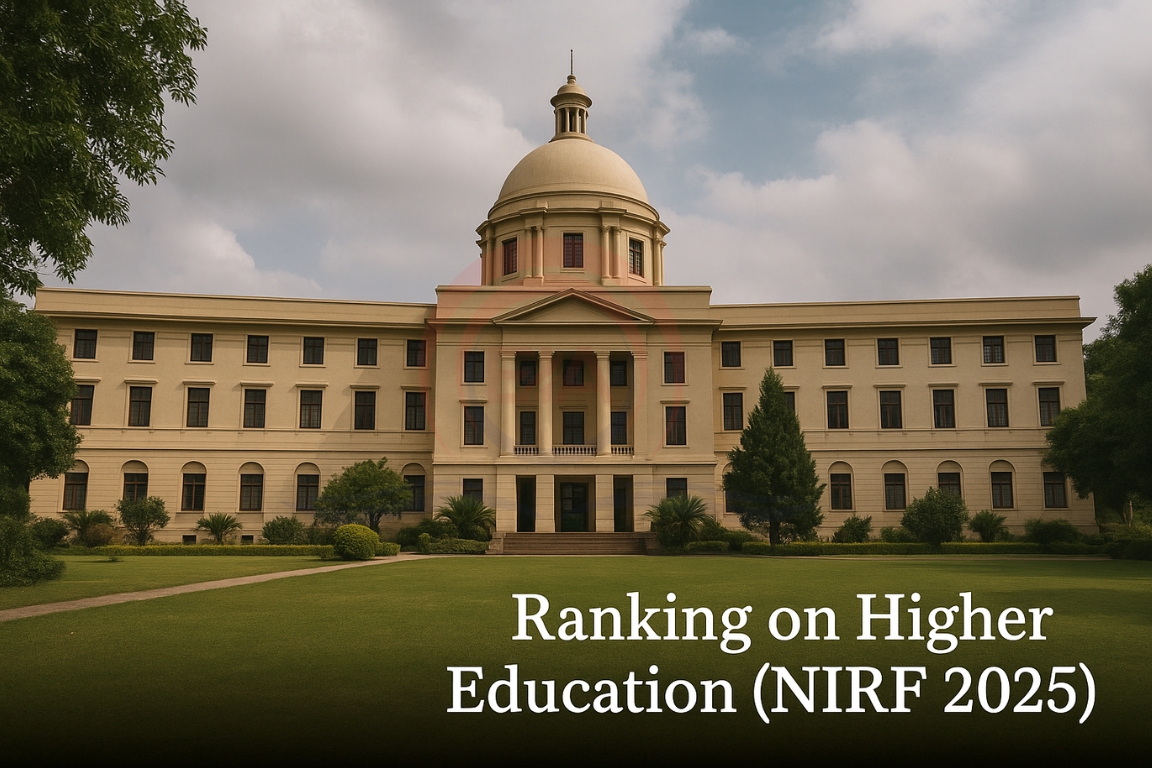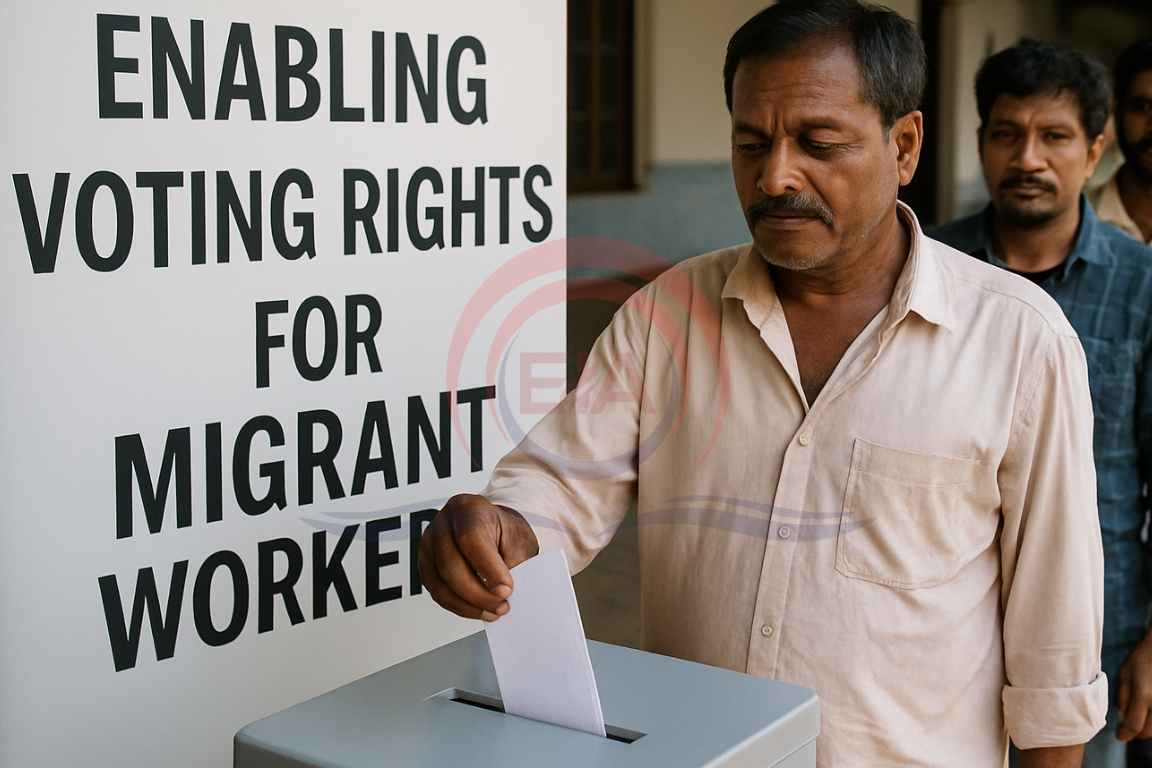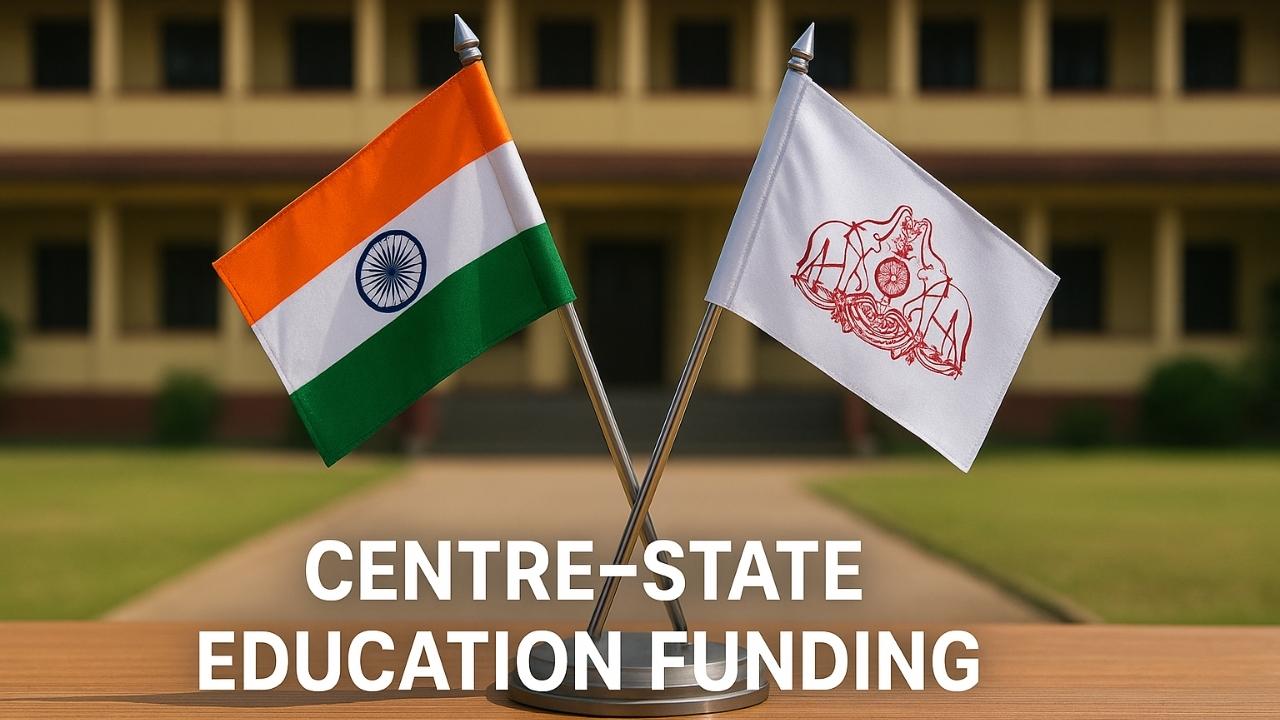The India Rankings (IR) 2025 under the National Institutional Ranking Framework (NIRF) were released, once again dominated by older public universities. Experts, however, point out flaws in the ranking system, particularly in peer perception and inclusivity.
National Institutional Ranking Framework (NIRF)
- A framework to rank higher education institutions in India based on objective parameters like teaching, research, graduation outcomes, outreach, and perception.
- It provides rankings across categories such as universities, colleges, engineering, management, law, medical, and overall.
- Introduced in 2015 and the first rankings were published in 2016.
- Which Ministry oversees it: Ministry of Education (MoE) oversees the entire framework and rankings.

Who gives the rating?
- The rankings are released by the Ministry of Education (MoE), Government of India.
- The actual process is carried out by the National Institutional Ranking Framework (NIRF) team under the Ministry.
Ranking based on five parameters:
- Teaching, Learning & Resources – 30%
- Research & Professional Practice – 30%
- Graduation Outcomes – 20%
- Outreach & Inclusivity (OI) – 10%
- Peer Perception – 10%
Peer Perception
- Accounts for 10% weightage.
- Based on feedback from experts and employers; subjective and reputation-driven.
- Disadvantages smaller, State-run or suburban institutions.
Outreach & Inclusivity (OI)
- Focuses mainly on regional and gender diversity.
- Neglects economically weaker sections, socially disadvantaged groups, and persons with disabilities.
- Only JNU and AIIMS Delhi scored above 70 in OI among the top 10.
- Reservation in faculty recruitment is inadequately considered.
Structural Gaps in Higher Education
- Regional disparities and faculty shortages outside top institutions.
- Over 58% of management colleges had no research publications.
- Legacy institutions are not mentoring newer ones effectively.
- Risk of false data submission by some institutions.
Way Forward
- Review weightage of peer perception to avoid bias.
- Strengthen OI parameter to include social and economic disadvantage.
- Ensure compliance with reservation norms in recruitment.
- Use rankings to address systemic challenges, not just branding.
- Enforce penalties on false reporting by institutions.
Conclusion:
Unless corrected, the NIRF risks becoming a branding exercise for private institutions, rather than a tool to improve quality and equity in Indian higher education.





